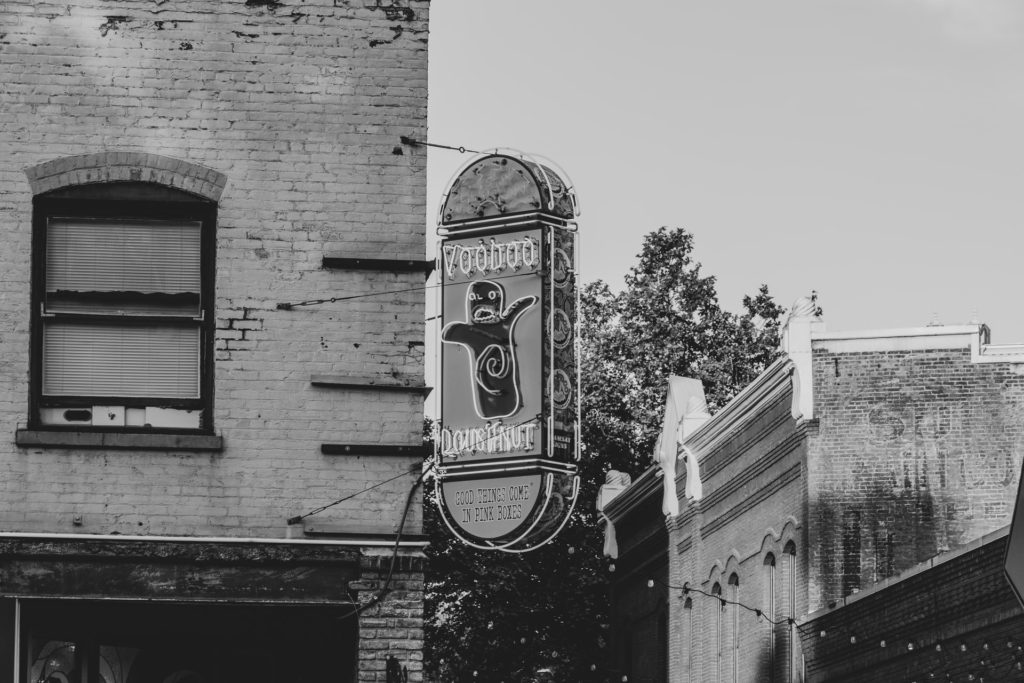Any time Voodoo history is brought up, Louisiana finds its way into the conversation. Louisiana Voodoo, also known as New Orleans Voodoo, describes a set of spiritual beliefs and practices which originated from the traditions of the African diaspora in Louisiana.
Though sometimes depicted in American pop culture, the religion tends to be misunderstood and misrepresented. It’s for this reason we’ve taken it upon ourselves to do some research and get down to the truth.
In this article, we’re going to give a brief overview of Voodoo history as it relates to cajun land. By the end, you’ll understand its origin and how it found its way into the cathedrals of New Orleans. Let’s take a look.
Beliefs and practices
The spiritual belief that has come to be known as Voodoo originated in Western Africa. Those who practice it believe in the existence of one supreme god who doesn’t interfere in the daily activities of man. Along with a supreme god, there are many spirits, who unlike the god, preside over everyday life.
It is believed that these spirits can be kind or malicious in nature. Connection to them is achieved through different rituals such as dancing, singing and, snakes. Singing is a key ritual, with songs being passed down orally through the generations. The songs are believed to open gateways between the human and deity worlds in order to allow spirits in for possession.
Although typically portrayed as a belief that’s mainly used to harm others, Voodoo followers feel differently about it. They believe the main focus of their religion is to help others and shape the outcome of events through connection with spirits, nature and ancestors. It seeks to help humanity deal with ailments, depression, addictions, and other daily struggles.
Origins of Louisiana Voodoo
Louisiana Voodoo is often mixed up with Haitian Vodou and southern Hoodoo, and although there are similarities, Voodoo is a belief system of its own. It was through Louisiana Voodoo that practices involving voodoo dolls and gris-gris (a Wolof term) entered American culture.
In the early 1700s, during the slave trade, millions of slaves were brought in from West Africa to French colony Louisiana. The city’s dominant religion at the time was Catholicism, so it made sense that when the slaves arrived, their beliefs were heavily influenced by it. The crossbreed between Catholicism and Voodoo has evolved into what we know today. This can be observed in Lebra, a Voodoo deity, sharing many similarities with the Catholic Saint Peter.
In 1791, there was the Haitian Revolution by slaves who were said to be possessed by a deity. The French colonists were afraid of a similar uprising, so they began suppressing all forms of Voodoo rituals as a precaution. Unlike their fellow Haitian slaves up north, however, the Louisiana slaves didn’t revolt in large numbers. They instead chose to focus their attention on making charms and amulets to protect themselves.
During these times of aggressive scrutiny by French colonists, slaves would often attend Catholic services in order to cover up their Voodoo practices. It’s believed that many voodoo spirits were made compatible with Catholic Saints as a result.
Voodoo in Louisiana today
Take a trip to New Orleans today and you’ll find voodoo dolls, talismans, and potions in stores and homes across the entire city–a constant reminder of Louisiana’s fascination with the supernatural.
